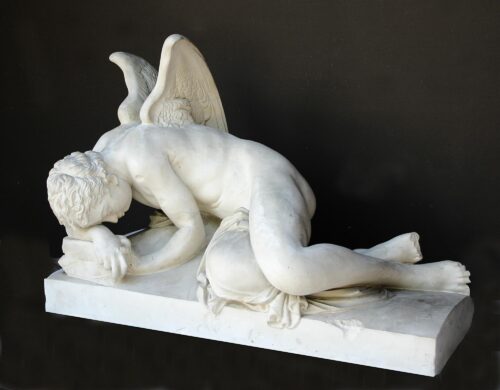
Vitsaris Ioannis (1843 - 1892)
Mourning Spirit (plaster cast from the family tomb of Nikolaos Koumelis in the First Cemetery of Athens), 1872
He studied at the School of Arts during 1861-1864 with professor Georgios Fytalis, at whose workshop he was also employed at the same time for practice. In 1861, on scholarship from the Greek government, he went to Munich, where he took courses of painting with Wilhelm von Kaulbach and sculpture with Max von Widnmann. In 1871, he returned to Athens and established his own studio. He produced sections of the sculptural decoration in the Academy of Athens.
His work was presented in group exhibitions in Greece and abroad, including the Vienna International Exhibition (1875), Olympia (1875 and 1888) and the exhibitions for the benefit of the Red Cross at the Vassilios Melas residence (1881) and Parnassos, Athens (1885).
Ioannis Vitsaris belongs to a generation of sculptors who broke free of the restrictive precepts of neoclassicism and introduced realistic qualities into their works. During his studies, he pursued mythological subjects in the context of a classicistic spirit. From 1871, when he returned to Greece, he began to follow realistic directions, evident in both his choice of subject and approach. He mainly produced memorials and busts, reliefs, decorative items and sculptures of free inspiration, in which he combined idealistic and classicistic models with realistic traits. His works are distinguished for their meticulous detail and his outstanding ability to animate his figures.

Mourning Spirit (plaster cast from the family tomb of Nikolaos Koumelis in the First Cemetery of Athens), 1872
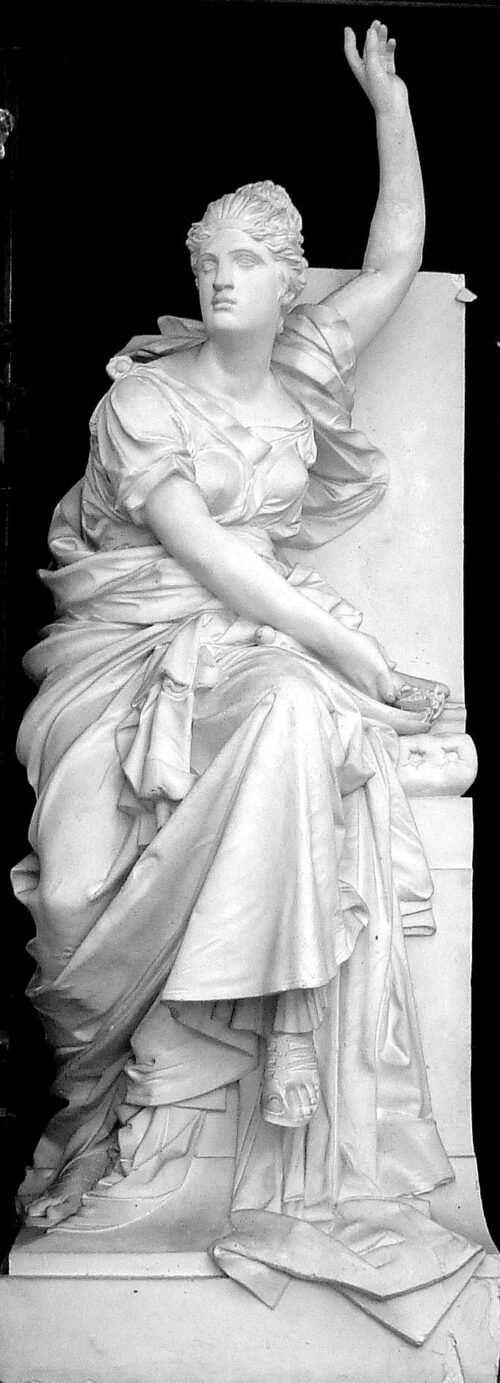
Justice (plaster cast from the tomb of Pavlos Pavlopoulos in the First Cemetery of Athens, c. 1890
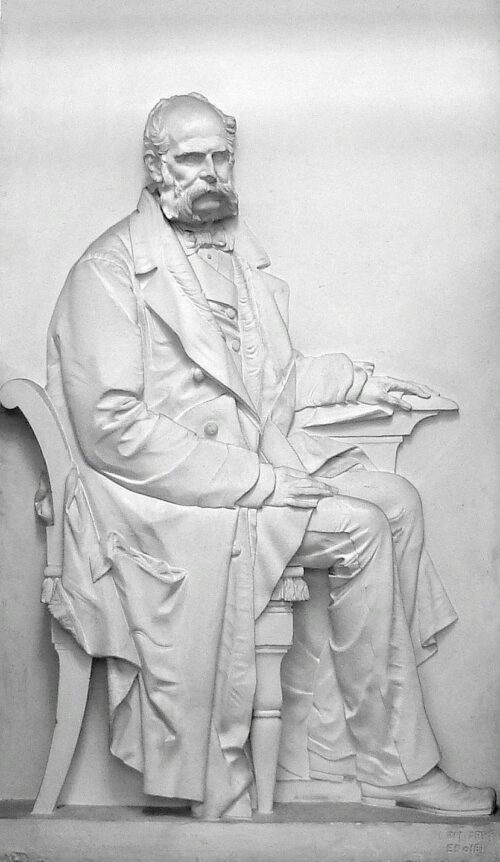
Ioannis Vouros (plaster cast from the family tomb of Ioannis Vouros in the First Cemetery of Athens), 1885
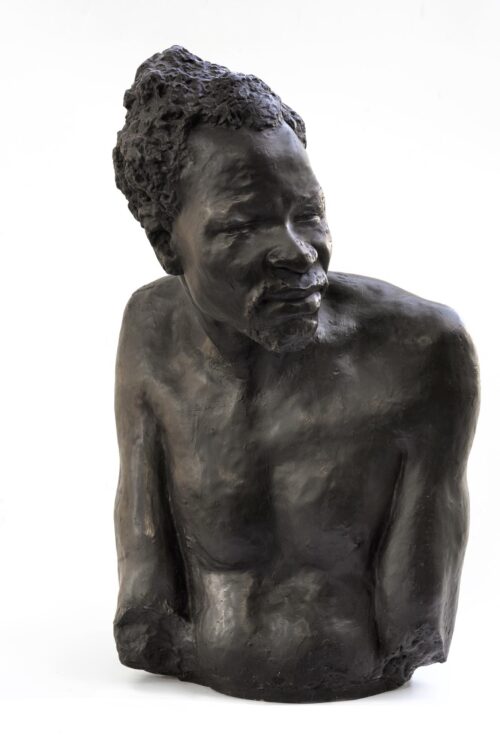
Christos, the Black Guy, 1874
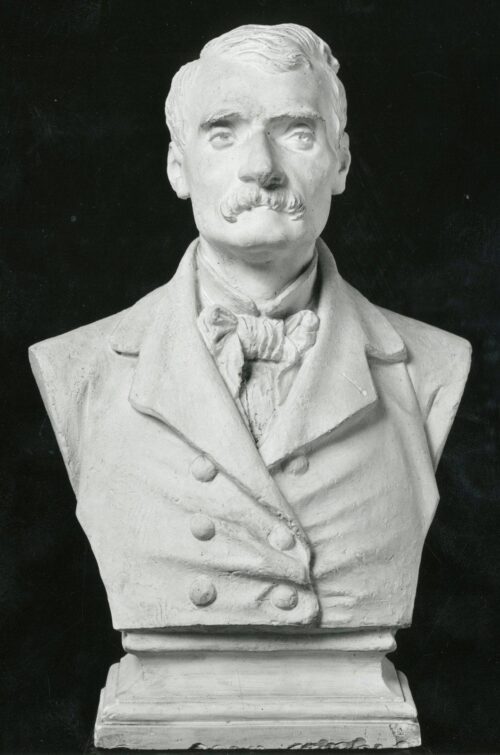
Bust of a Man

We use cookies to make our site work properly, to personalize content and ads, to provide social media features and to analyze our traffic. We also share information about how you use our site with our social media, advertising and analytics partners. Read the Cookies Policy.
These cookies are necessary for the website to function and cannot be switched off in our systems. They are usually only set in response to actions made by you which amount to a request for services, such as setting your privacy preferences, logging in or filling in forms. You can set your browser to block or alert you about these cookies, but some parts of the site will not then work. These cookies do not store any personally identifiable information.
If you disable this cookie, we will not be able to save your preferences. This means that every time you visit this website you will need to enable or disable cookies again.
These cookies tell us about how you use the site and they help us to make it better. For example these cookies count the number of visitors to our website and see how visitors move around when they are using it. This helps us to improve the way our site works, for example, by ensuring that users find what they are looking for easily. Our website uses Google Analytics for statistics reporting.
Please enable Strictly Necessary Cookies first so that we can save your preferences!